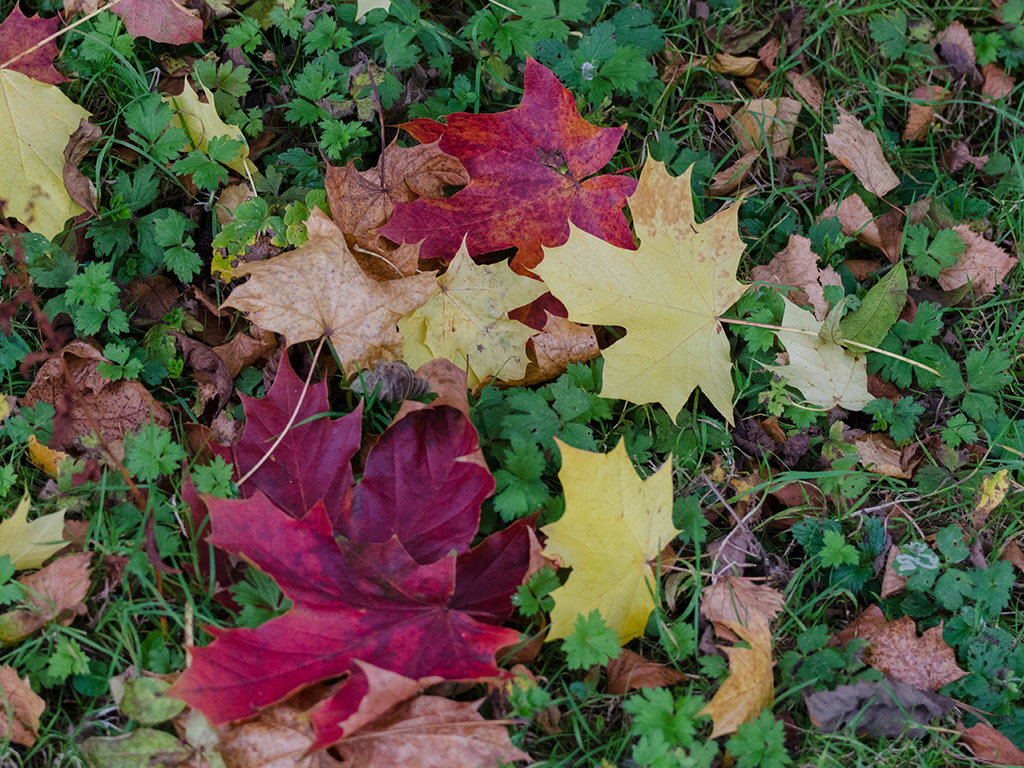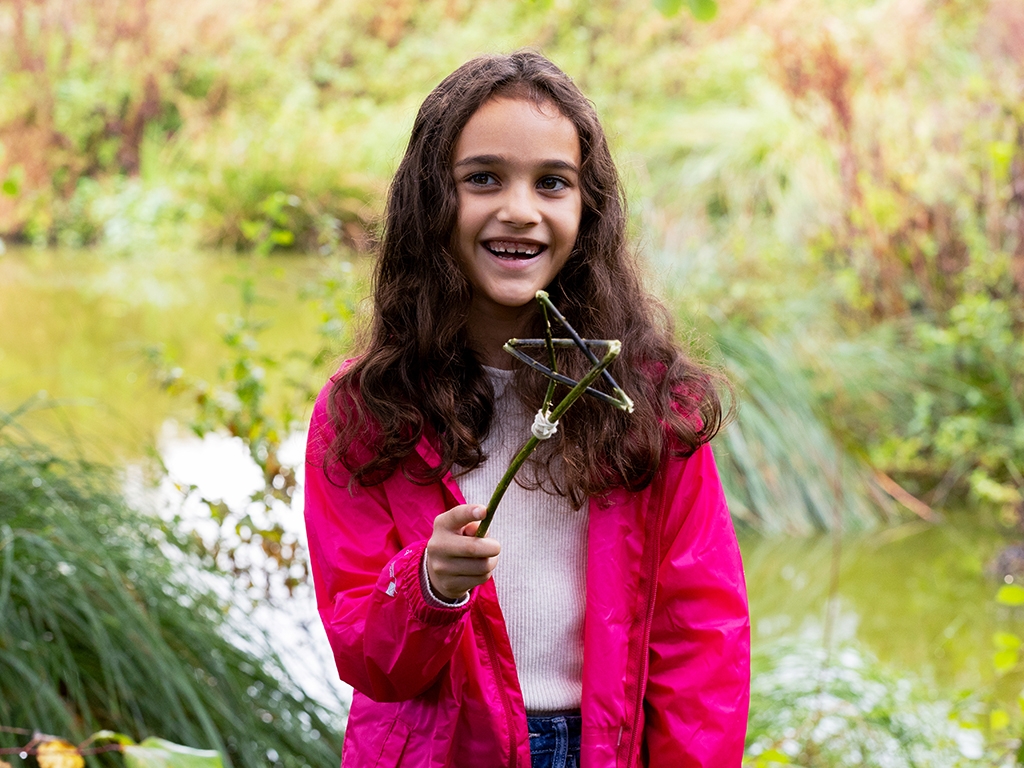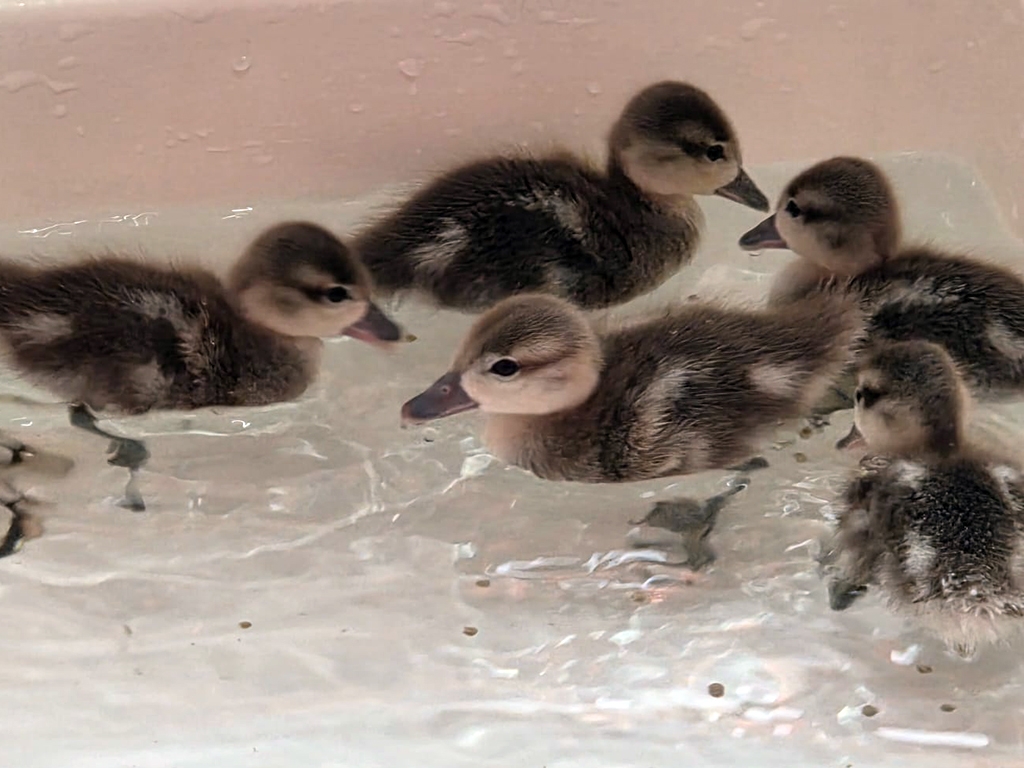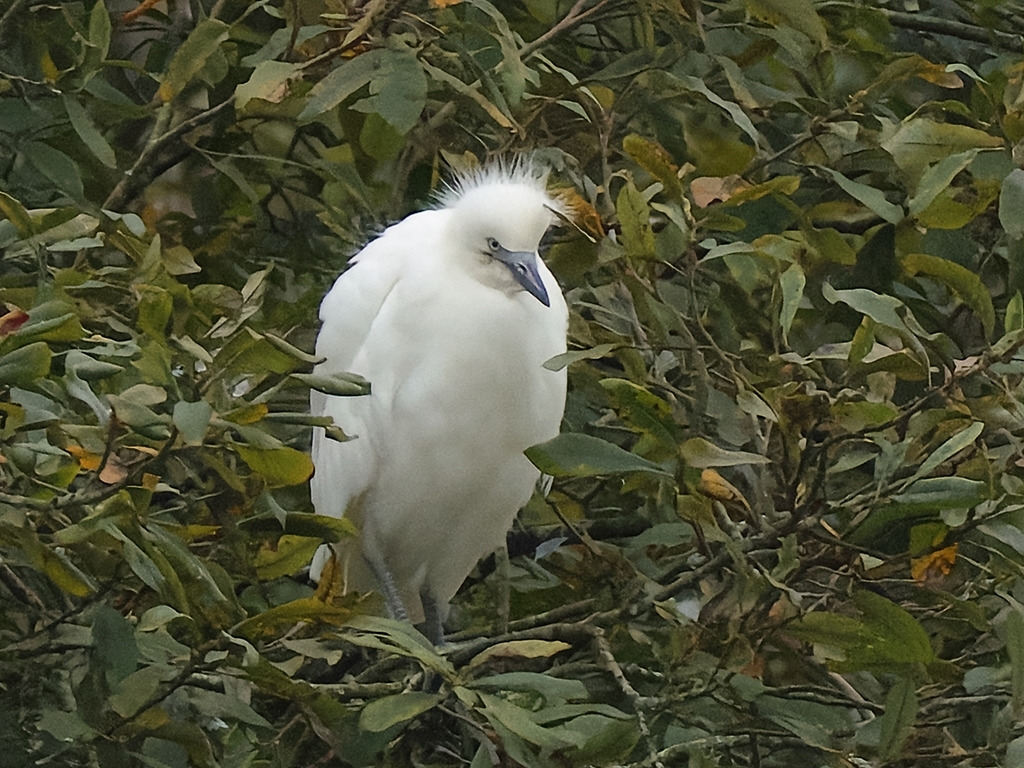Sand martin success this summer
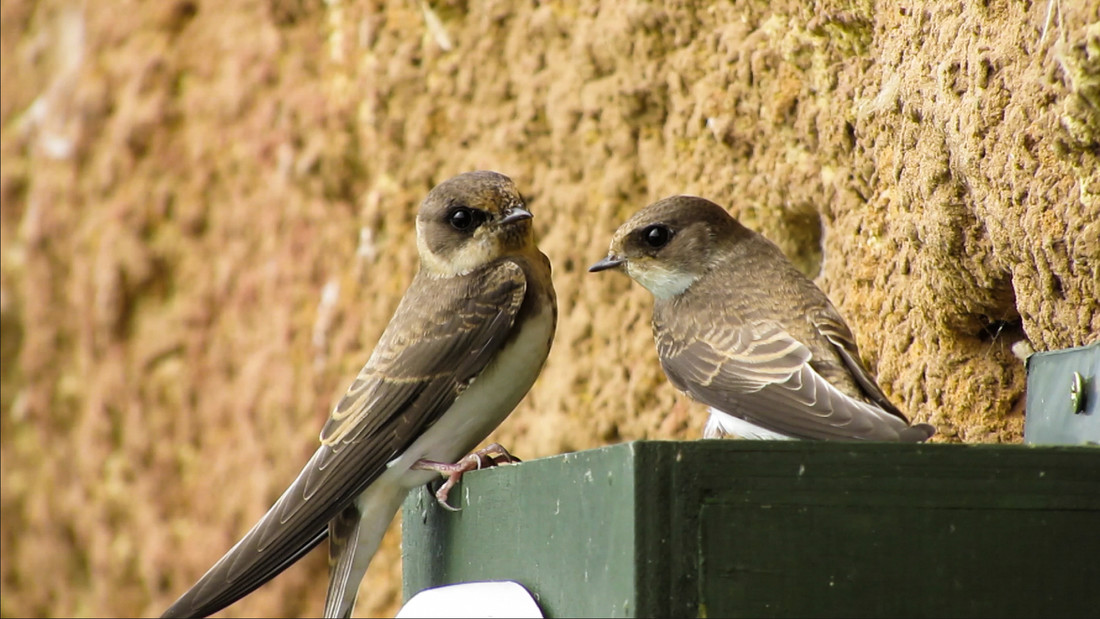
Arundel Wetland Centre is pleased to announce the first successful breeding of wild sand martins inside its artificial nesting bank. WWT staff and visitors spotted a young sand martins at the mouth of a nesting chamber in mid-August. The sand martin family has now joined the migration south to spend the winter in Africa. Reserve Manager Paul Stevens. “Sand martins return to their natal colony each year so all we need is a few pairs to nest in our hide banks to make the start of a colony here at Arundel Wetland Centre.”
This sand martin success comes at the end of a seven year wait in this wildlife experiment. The hide with its two 'arms' of artificial nesting chambers opened in April 2010 to commemorate the centenary of Wildfowl & Wetland Trust founder Sir Peter Scott. “We hoped to attract sand martins looking to expand from nearby colonies at Storrington and Washington,” said Paul Stevens.
The hide attracted its first residents in April 2011 when two pairs of sand martins began nest building but sadly they abandoned the nests after a few weeks.
In August of 2012 Paul Stevens experimented to attract martins by playing calls from a busy sand martin colony through speakers on the exterior of the hide using a sound system designed for marine craft. Research suggests that young sand martins search a 10-15 mile radius from existing colonies when looking for new nesting opportunities on their autumn migration. Sand martins are social birds who like to nest near each other finding safety in numbers.
“Young martins use the autumn migration to scout for new nesting sites when their colony reaches capacity,” Paul Stevens said. “It was crucial that local sand martins find our hide.”
The colony calls broadcast from the hide proved successful in attracting crowds of sand martins to visit on their spring and autumn migrations for the next five years but it wasn’t until June 2017 that two more pairs of sand martins moved into the nesting chambers.
The nesting chambers in the artificial hide have removable ‘back doors’ that permitted Grounds Warden Paul Stevens to survey the nests. One pair of martins abandoned their nest of leaves and grass. The other pair stayed on and lined the nest with feathers, then filled it with five eggs. Paul decided to close the hide for the summer to give the birds privacy and did not check the nests again until after the chicks grew up and fledged. Paul then discovered only one non-viable egg remained in the nest so the family may have hatched up to four chicks!
“We hope the success of this nesting pair could be the start of a sand martin colony at Arundel Wetland Centre.” Said Paul “We would love to bring people closer to nature, by placing visitors in the heart of a breeding colony.’’
Visitors can see sand martins from all over the UK moving through the reserve at Arundel Wetland Centre in small groups on the autumn migration until mid-September. Arundel Wetland Centre is open 7 days a week from 9.30 am – 5.30 pm on Mill Road in Arundel BN18 9PB.
